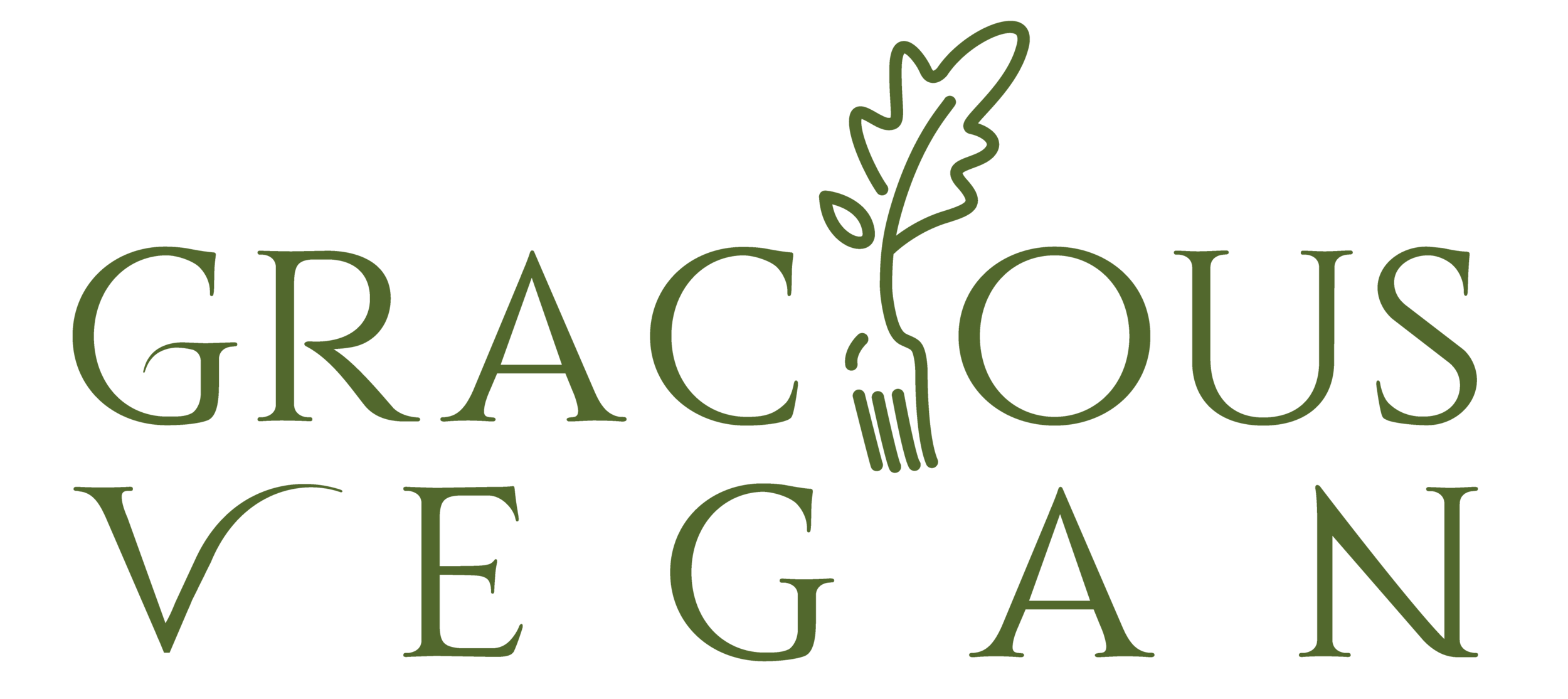Debunking Soybean Myths
I’m a fan of soybeans. In terms of nutrition, soybeans are the superstar among legumes, an already very healthy category. In other words, soybeans are the Michael Jordan of the world champion Chicago Bulls.
One cup of cooked soybeans or edamame gives you 10 grams of fiber and 28 grams of protein, with only 300 calories. That’s 40% of the daily fiber recommendation for adults and 60% of the daily protein requirement for women and 50% for men. And soybean protein is considered “complete,” since it contains all of the essential amino acids.
Soybeans are also high in omega-3 fatty acids, iron, magnesium, phosphorus, and potassium. They are low on the glycemic index.
Myths that die hard
There have been some debates over soybeans in past years.
The most controversial component of soybeans are called isoflavones. Isoflavones are a type of phytoestrogen in plants that exhibit some estrogenic activity. For a while, many experts claimed that these phytoestrogens had the same effect as the hormone estrogen in the human body.
Male breasts? Some claimed that phytoestrogens could have feminizing effects on men. This has now been shown in a number of studies and a critical review of the clinical evidence to be false.
Breast cancer? For a while, doctors were concerned about soy and its relation to breast cancer. Since the human hormone estrogen causes breast cancer cells to proliferate, there was an early theory that soy foods could do the same. Hundreds of studies followed. No study in humans has suggested an increase in breast cancer risk; in fact, most studies show a decrease. A 2017 study involving over 6,000 women with breast cancer found a lower mortality risk for those with the highest intake of soy compared to those with the lowest intake. In Asian countries, where soy is a staple food, breast cancer rates are much lower than those in the United States.
One myth that’s holding true!
Hot flashes? Some people have claimed that soy-based foods can help relieve hot flashes. Actually there’s more and more evidence supporting t his claim. More than a dozen clinical studies have been performed, most of them randomized double-blind, placebo-controlled trials. Evidence shows that eating the equivalent of about two servings of soy foods a day reduces hot flash frequency by about 20 percent more than placebo and reduces hot flash severity by around 25 percent more than placebo. This compares to a 30 to 40 percent net reduction from estrogen hormone therapy.
Many Ways to Eat (and Drink) Soy
The best way to get all the benefits of soy is to eat the whole beans, in any of these forms:
Butler Soy Curls
The young bean, edamame
The mature yellow soybean
Tempeh, in which soybeans are caked together through a controlled fermentation process.
Soy curls, made from cooked and then dehydrated soybeans, resulting in somewhat stringy and curly pieces like meat
Other major sources of soybeans are processed in one way or another, with some, but certainly not all, of the good parts of the bean taken away. These include:
Tofu
Soymilk
TVP (textured vegetable protein)
Tofu and soymilk are missing much of the fiber from the beans. TVP is highly processed, made from soybeans that have been squeezed of their oil (for soybean oil) then broken down into flour before being made into puffy dry bits.
Soybean Recipes
Here are a few of my favorite recipes from the site that feature soybeans in one of their various forms. Bon appétit!
Edamame Salad Sandwiches (photo at right)
Fast and Easy Tomato and Roasted Red Pepper Soup, with optional grated tempeh



